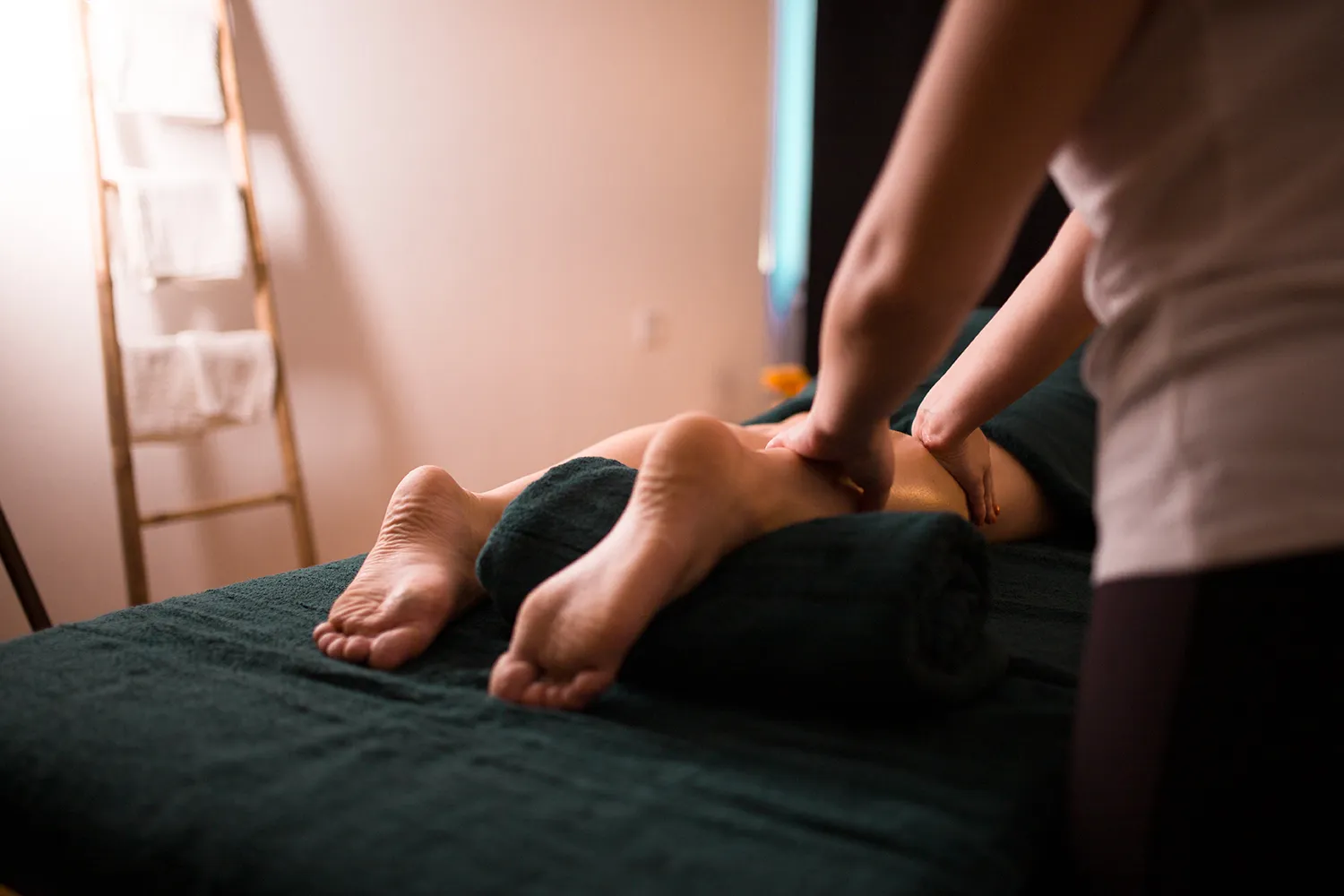Optimising performance, whether preparing for an event or just wanting to romp with the grandkids requires an integrated approach.
Coaches, athletes, and patients must consider essential training factors to optimise physical performance. The principles of training that enable this are almost identical to those used in the injury rehabilitation process. Several key factors are listed below however, this is by no means a comprehensive list. They are:
- Strength – maintaining a balance of strength between opposing muscle groups
- Flexibility – having a symmetry of flexibility between opposing muscle groups
- Body Mechanics – ensuring that all movement is in accordance with principles of sound body mechanics
- Recovery – allowing for adequate recovery time between training sessions

Having adequate strength and the right type of strength for the task at hand is essential to maximising performance. When a muscle fatigues, the body recruits other muscles to assist which aren’t designed for that particular type of movement or action. This changes body mechanics and injury is often the result.
A balance of strength between opposing muscle groups is also essential. If your accelerators are too strong for your breaks, then performance will be impaired and injury risk becomes more likely. It may sound counterintuitive, but you must train the opposite muscle group – your hip extensors (hamstrings) to have good acceleration utilising your quads. Otherwise, strength imbalance will result in a change in pelvic tilt and poor body mechanics will result.
Similarly, there must also be a symmetry of flexibility between opposing muscle groups. If one muscle group is short and tight, then its opposing muscle group cannot be utilised to its full potential. It’s a bit like trying to start a drag race with the handbrake still on. Balanced flexibility across all muscle groups will optimise performance and reduce injury risk.
Proper body mechanics incorporate joint alignment and support principles, correct muscle firing patterns and sequencing and a balance of strength and flexibility. Too often, trainers and coaches focus only on the contractive aspect of muscle training. Proper body mechanics and coordinated strength are about getting the right muscles to switch on at the right time and the right muscles to switch off. Doing so allows for unimpeded, graceful and effortless movement.
The recovery phase of training is one of the most neglected and misunderstood aspects of training by both amateur and professional athletes alike. For recovery to be adequate and improvement between training sessions to be optimised, both athlete and trainer must ensure that careful attention is given to adequate sleep, proper nutrition, periodisation of training programs, progression of load and intensity, correct tapering before an event and adequate recovery times between exercise sets during training.